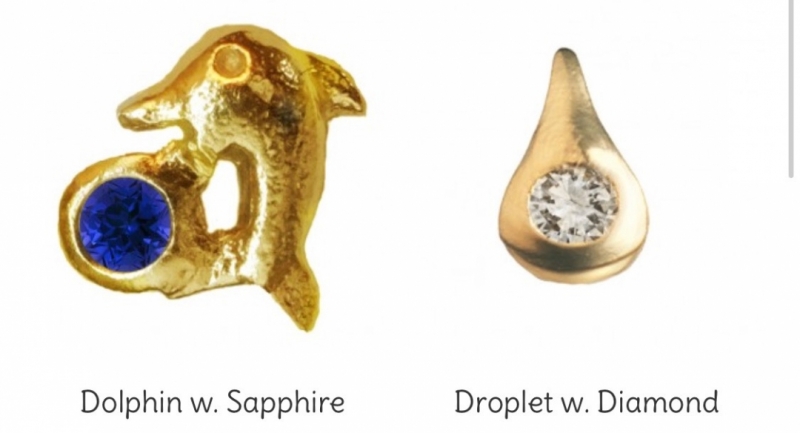
Gold implants have regained prominence in recent years, and their biocompatibility has been demonstrated. Not surprisingly, this mineral is characterized by being malleable and ductile and provides interesting mechanical properties and does not cause allergies. Until a few decades ago, gold was a fairly common material in tooth and implant repairs. Jeweled gems and caps may wear away the enamel, -Risk of tooth decay.This prevents the enamel from spoiling so much and allows the process to be reversible, which is very important since all these fashions are usually a passing thing.ĭepending on the type of adhesive applied, it can last between six and twelve months, although hygiene and eating habits carried by the user will also be decisive in its duration. Until a few years ago, the bling-bling placement required a slight scraping of the tooth, but today the process is carried out in a very similar way than brackets or orthodontics. There is no perforation in these cases, and the ornamental piece is directly glued on the tooth. It is the light version of piercing in the strict sense. The jewelry can potentially break from the tooth and be swallowed or aspirated.In oral piercings, they are usually carried out either on teeth, tongue, or on the frenulum, although there is also gum piercing, which requires drilling the gum.

Now that we are familiar with the pastes and materials’ constitution, let’s review the principal formulas of ornamentation and their own risk.Īmong the Main Formulas for the Ornamentation of the Teeth are:Ī piercing is a type of ornament for which perforation is necessary. The prices of these small pieces that require exotic materials are really high. The most used are diamonds, seawater, sapphires, and of course, pastes. It is the only type of dental jewelry that allows incorporating real and precious stones. They usually go beyond the usual forms of geometric figures since their owners have no limits to design what they want. They are figures made of gold that can include some precious stones in the catalog. However, the big difference is that they last 2 or 3 years without risk of them coming off. The material is degraded in different phases to make specific shapes they do not differ much with the pastes in terms of appearance. The skaysa are small jewels processed with a specific technology.
Are tooth gems bad for your teeth professional#
It is said that they are non-toxic and 100% safe to use whenever placed by a professional In the area. There are three types known as pastes, twinkles, and skaylsa, below we will talk in detail about each of one this three:Īccording to the attached to the teeth by a special glue, they are small artificial crystals this works for short periods, ranging from a few weeks to 2 months. The users can choose between colors, materials, and shapes according to their preferences. Generally, these come in extremely small sizes to avoid space problems. Well, this jewelry mostly uses special adhesives to fix the decorative elements.
Are tooth gems bad for your teeth how to#
How Does Jewelry Adhere to Teeth? How to Apply Tooth Gems? However, wearing tooth gems has its risk, but let’s learn how this fashion works before getting into that. They believe that wearing jewels in their teeth lift their spirits because it encourages them to smile much more and feel better about themselves. Yes, we are talking about the controversial “tooth gems.” This method consists of adding tiny pieces of jewelry to your teeth.įor many people, tooth gems represent a way to show their originality, a magnet to attract glances when they walk down the street.

People seek to have snow-white, aligned, shiny teeth, but some are taking the “teeth fashion” to a whole new level. They are quite popular and just temporary.ĭentists don’t drill to place them, but permanent issues can appear if gems are not properly placed. Evaluation by a new method.Have you heard about tooth gems? Tooth gems are small jewels, applied to the tooth with an adhesive. Influence of various acidic beverages on tooth erosion. Dental erosion: Effect of diet drink consumption on permanent dentition. Dried fruit and public health – what does the evidence tell us? Evaluating the erosive effect of sour candy on human tooth enamel. Thirst sensation and oral dryness following alcohol intake.

Dental erosion due to abuse of illicit drugs and acidic carbonated beverages. The impact of carbohydrate quality on dental plaque pH: Does the glycemic index of starchy foods matter for dental health?

You can learn more about how we ensure our content is accurate and current by reading our editorial policy. Healthline has strict sourcing guidelines and relies on peer-reviewed studies, academic research institutions, and medical associations.


 0 kommentar(er)
0 kommentar(er)
